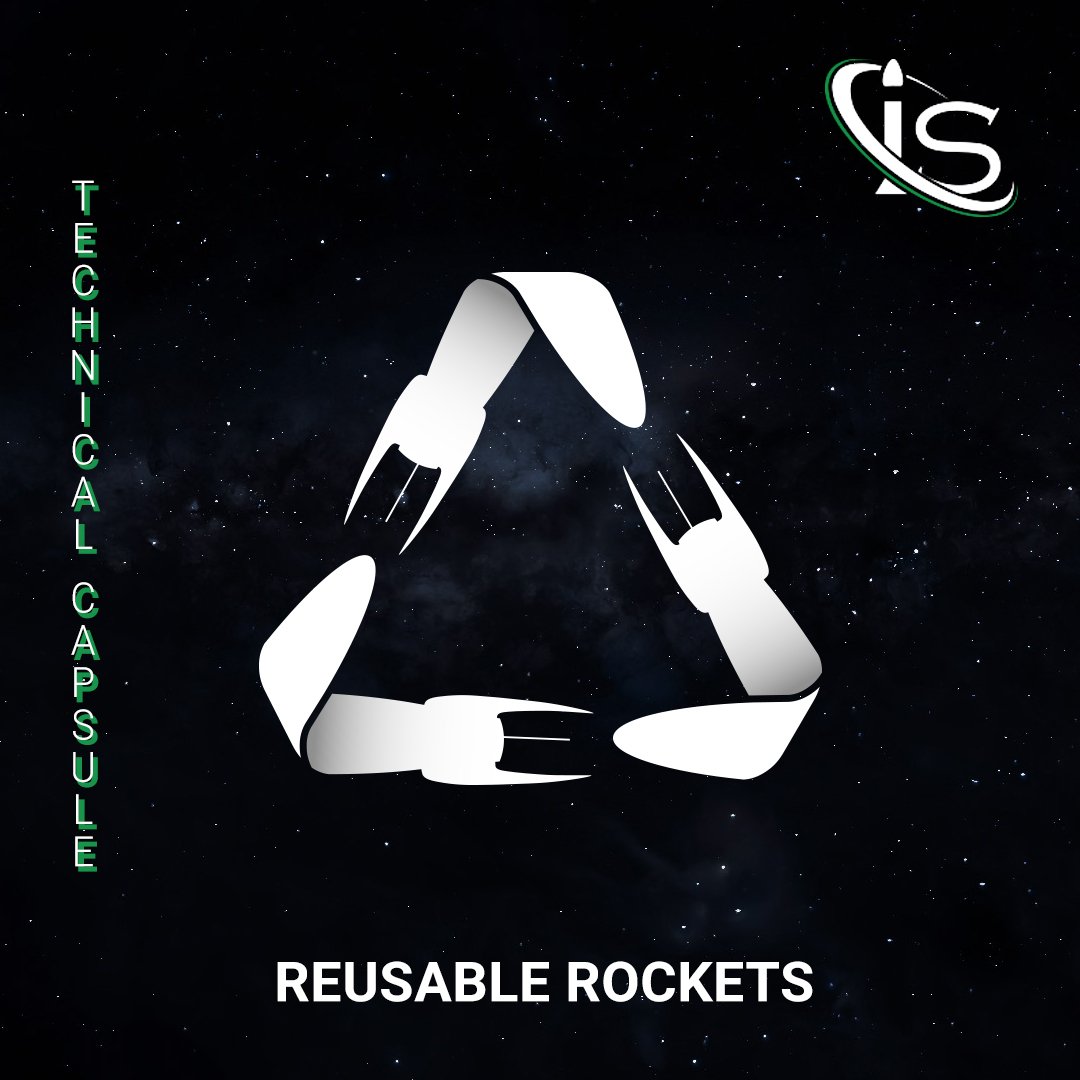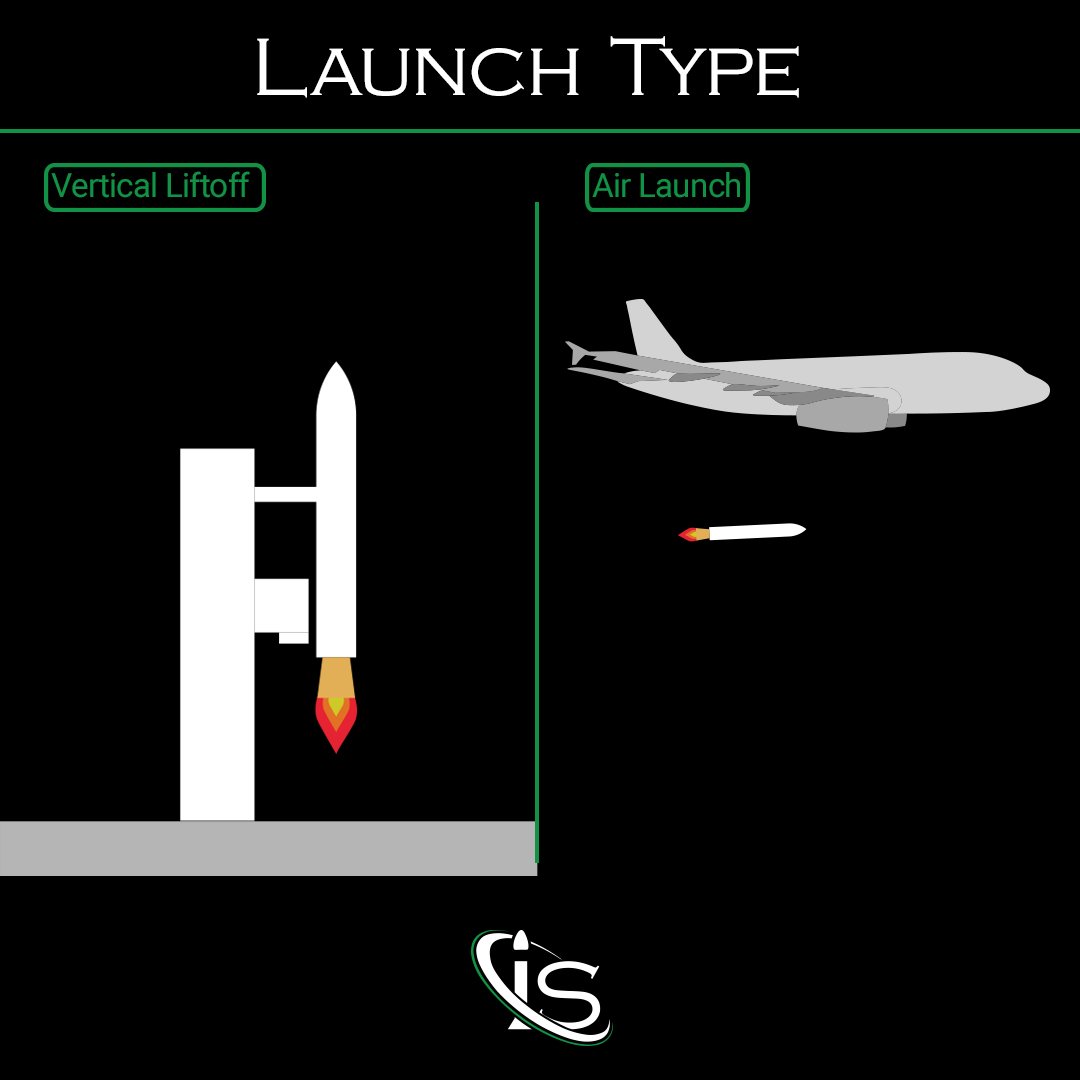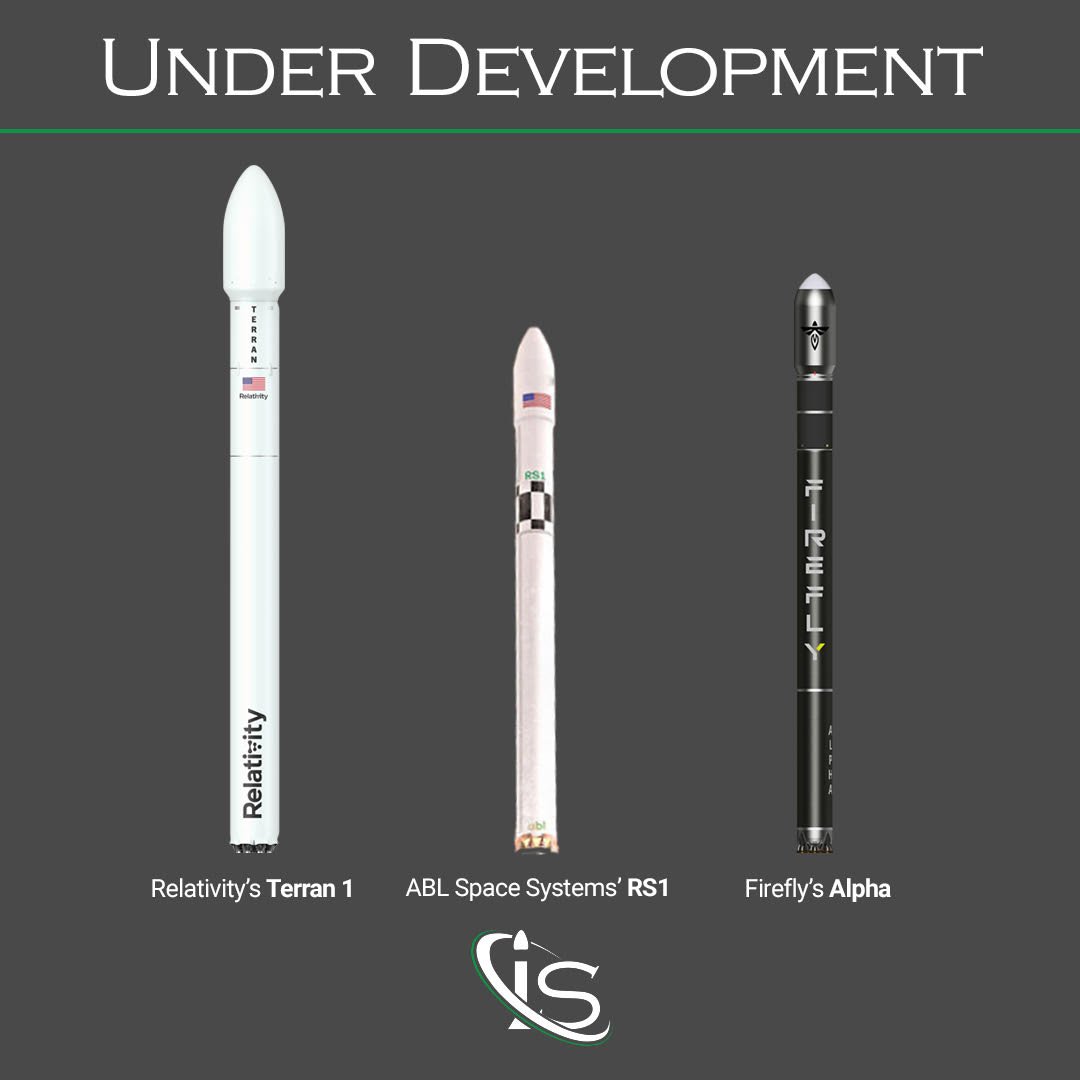In this Technical Capsule, the major structures constituting a launch pad will be described in the detail. First of all, what do we mean by launch pad? The launch pad, consisting of a platform and a system structure, is the platform from which the vertical launchers liftoff. The launch complex, instead, is the whole spaceport in which the launch pads are found, together with Spacecraft Test and Assembly buildings. The number and the location of the different buildings in a launch complex is strictly connected with the kind of transport for the rockets to the pad. For this reason, we need to rapidly go through this aspect.

Transport of Rockets to the Pad
As previously anticipated, the transport of a rocket to the pad deeply influences the number and the kind of buildings composing a launch complex. Here, we will have a quick look at the major transport methods:
- Horizontal integration: the rocket is integrated horizontally in an assembly building and then it is transported at the launch pad with a Transporter Erector Launcher.
- Vertical integration: the rocket is integrated vertically and transported in three different ways:
- on a missile silo; this kind of integration is difficult and expensive;
- in an integration facility on a mobile launcher platform; then, the transport to the launch pad can be with a Crawler-Transporter Vehicle or with a railroad system; Arianespace uses this method for the integration of Ariane 5;
- Integration on the launch mount: the rocket can be directly assembled on the launch pad, which is enclosed in a building to protect the rocket from the elements.
Now it is clear that a different integration requires different launch complex architecture; for example, the last integration will only need a building protecting the launch pad and the rocket, while the second one needs to have an assembly building. All the spaceports that come into use need the okay and the license from the FAA, Federal Aviation Administration. So, all the choices for the position of the launch complex and the architecture of the buildings are then under the examination of the FAA, as described in the Technical Capsule about Starship. However, one component is always necessary: the launch pad.
The Architecture of a Launch Pad
The launch pad is not only a platform; the launch mount and the towers around the rocket are fundamentals features too.
With “launch mount” we refer to a metal structure, which is usually the most prominent component, supporting the rocket before liftoff. The launch mount is equipped with umbilical cables, which are cables and/or tubes that supply the rocket with consumables. Usually cables provide electrical energy, communications, and telemetry; meanwhile, tubes provide propellants, cryogenic fluids, pressurization gasses, and purge.
Another task for the launch mount is to hold the rocket at liftoff for a few seconds during ignition.
The four towers around the rocket, taller than the launch vehicle, are a shield from lightning. They work as a Faraday Cage and for this reason they need to be taller than the rocket, which is usually surrounded only by flat surface. The protection is necessary as usually the rockets liftoff from spaceport close to the Equator (to make the most of the Earth’s rotational speed) where thunderstorms are frequent. The rockets are not designed to overcome thunderstorms, since they stay only for a brief time in the atmosphere. So, to save weight, the rockets are strong enough to just pass the atmosphere. Nevertheless, launch vehicles are sensitive to interference, as they carry sophisticated electronic equipment.
To conclude this Technical Capsule, and to introduce the next one over the pre-launch routine, we can see together what happens when a rocket is ignited for liftoff. The valves on the launch pad sprays thousands of gallons of water into the air around the exhaust, which helps lessen the rocket’s deafening roar. There are, also, trenches under the launch platform which direct the exhaust out and away from the craft to avoid the rising of flames. Otherwise, the flames could, in fact, come up and engulf the rocket.





